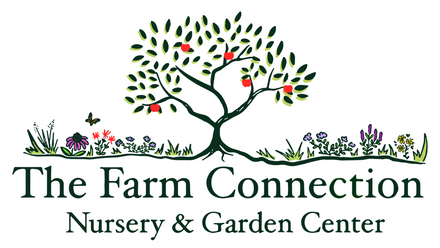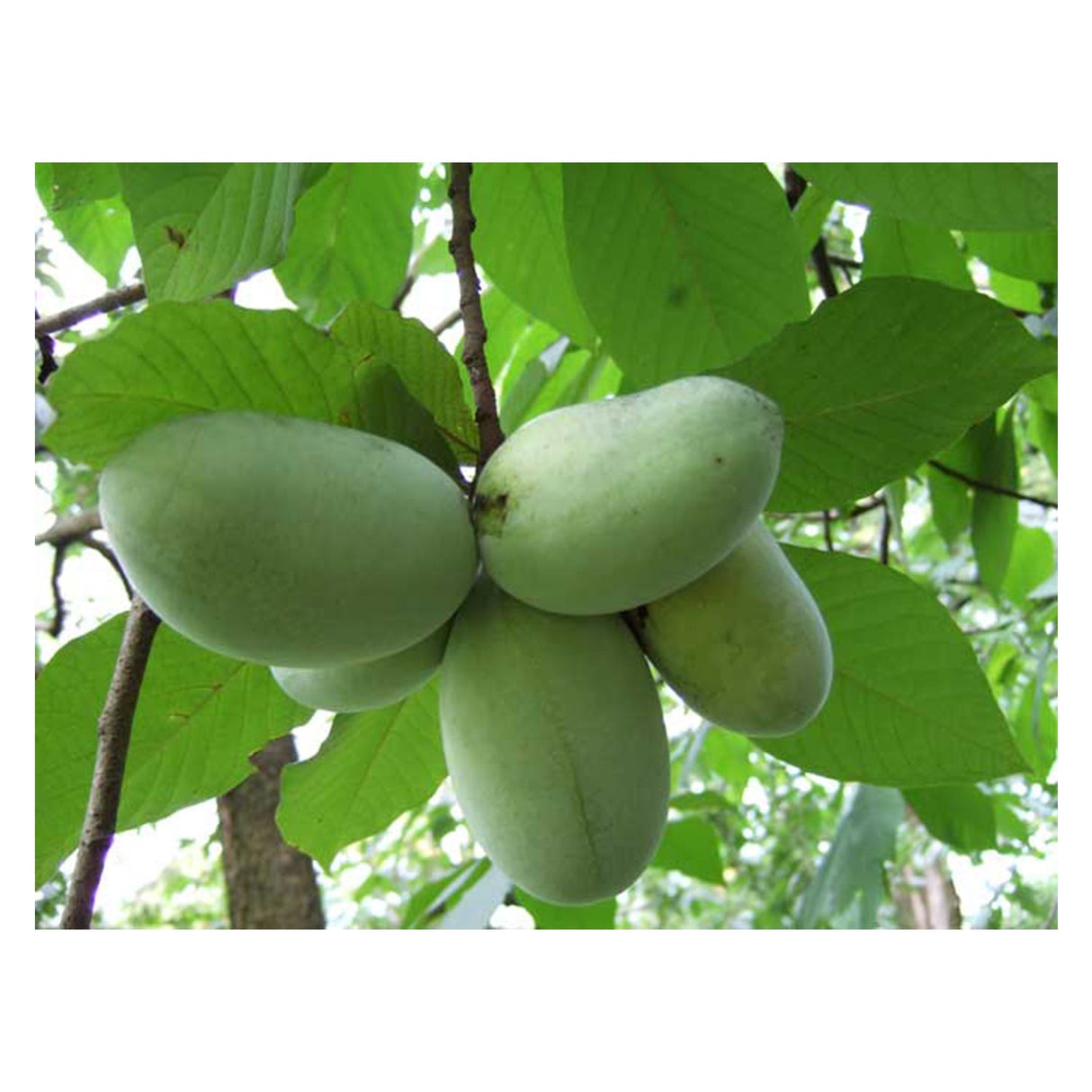Pawpaw, Bare Root
Tropical-Tasting Native Fruit Tree
Pawpaw, Bare Root - Bare Root / 6-18" Seedling is backordered and will ship as soon as it is back in stock.
Couldn't load pickup availability
Delivery and Shipping
Delivery and Shipping
Make sure to thoroughly review our entire "Shipping, Returns, Refunds, and Our Guarantee" page for all relevant details about ordering from our store.
Making a purchase from our store constitutes an agreement to all the conditions outlined in those policies.
We appreciate your support and look forward to being your favorite plant provider!
Subscribe to our newsletter
Sign up for exclusive offers.
Pawpaw (Asimina triloba)
Pawpaw is the largest edible native fruit in North America, often described as a tropical-tasting treasure growing in temperate forests. With its custard-like texture and rich banana-mango flavor, pawpaw is a unique and delicious addition to edible native landscapes, food forests, and agroforestry systems. This small, understory tree thrives in woodland edge conditions, supports native pollinators and specialist insects, and plays an important role in forest succession. Long overlooked, pawpaw is now gaining recognition for its ecological value, culinary uses, and role in rewilding efforts.
Key Characteristics
-
Unique native fruit with tropical flavor
Pawpaw fruit is soft, creamy, and sweet, often compared to banana, mango, or melon. The fruit ripens in late summer to early fall and can be eaten fresh, or used in smoothies, ice cream, breads, or custards. Rich in vitamins, antioxidants, and protein, it’s a nutritious wild food. -
Supports native pollinators and specialist wildlife
Pawpaw flowers are pollinated by beetles and flies, and the tree is the exclusive larval host plant for the Zebra Swallowtail butterfly (Eurytides marcellus). The fruits are also eaten by foxes, raccoons, squirrels, and birds like wild turkeys. -
Ideal for food forests and woodland edges
Pawpaw naturally grows in the understory and prefers dappled light or partial shade when young. It’s excellent in the understory layer of food forests and thrives along woodland edges, streambanks, or as part of a mixed permaculture orchard. -
Cold-hardy and low-maintenance once established
Hardy to Zone 5 and down to Zone 4 with protection, pawpaw is adaptable to a range of soils as long as they are well-drained and slightly acidic. It prefers moist, fertile soils but tolerates drought once established. -
Needs cross-pollination for fruit production
Pawpaws are not self-fertile—you must plant at least two genetically different trees to ensure fruit set. Trees typically begin producing in 4–6 years and can be kept small with pruning or allowed to form a thicket through suckering.
Product Details
- Native range: Eastern and central U.S., from the Great Lakes to the Southeast
- Plant life cycle: Perennial, deciduous small tree
- Sun requirements: Part shade to full sun (full sun increases fruiting; partial shade better for young trees)
- Soil requirements: Medium to medium-wet, well-drained, slightly acidic
- Mature height: 15–25 ft
- Bloom time: Mid-spring
- Bloom color: Maroon
- USDA Hardiness Zones: 5–8 (can grow in 4 with protection)
Pawpaw brings together food, ecology, and beauty in one native tree. It’s a cornerstone plant for edible rewilding, woodland gardens, and regenerative farms seeking perennial crops with deep ecological connections.
-
Sun RequirementsFull Sun, Part Sun/Shade
-
Soil RequirementsMedium, Medium-Wet
-
Bloom ColorYellow, Green
-
Bloom TimeApril, May
-
USDA Hardiness ZonesZone 5, Zone 6, Zone 7, Zone 8, Zone 9+
-
Native StatesMaine, Vermont, New York, Pennsylvania, Ohio, Indiana, Illinois, Michigan, Wisconsin, Missouri, Kentucky, Tennessee, Virginia, West Virginia, North Carolina, South Carolina, Georgia, Alabama, Mississippi, Arkansas, Louisiana
Payment & Security
Payment methods
Your payment information is processed securely. We do not store credit card details nor have access to your credit card information.




